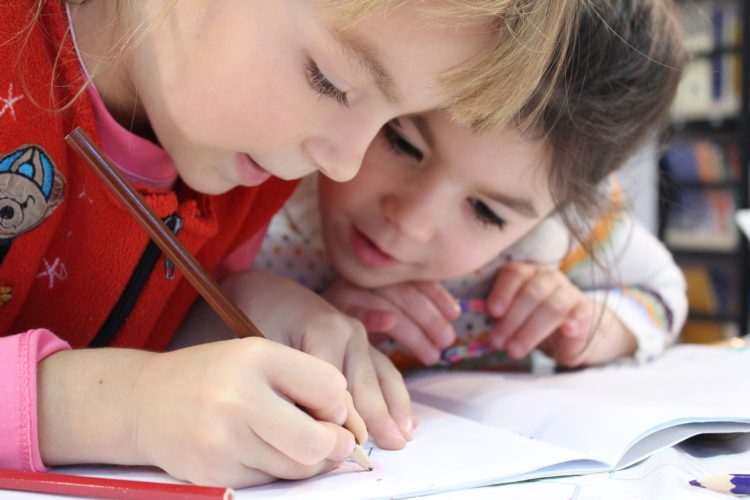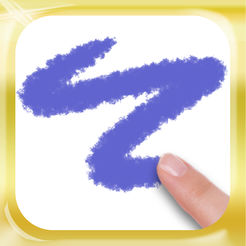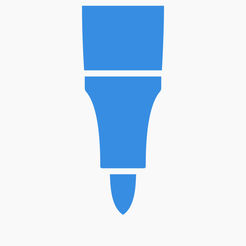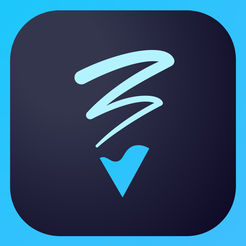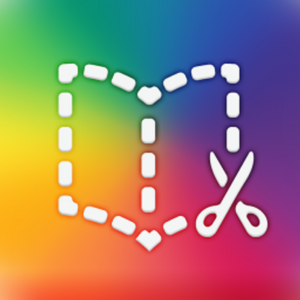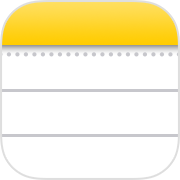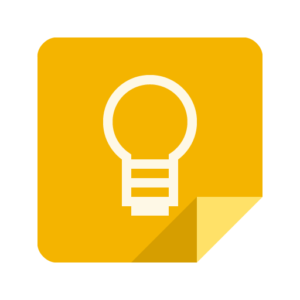What if there were never any practical parts to certification tests? A part of the test that checks your manual skills and not just your ability to answer multiple choice questions correctly. For instance, you are working toward your ASE certification in auto mechanics. You study your books, go to your classes, and then the day of the certification test. It is a 100 multiple choice questions. Sure, it might show that you understand the correct firing pattern of an engine or the correct radius of a brake pad, but does it truly show your understanding of how to repair or replace these parts?
Why is that any different in schools? I am not just referencing the plight of schools over-testing our students, but are the tests and problems assigned to them the best way to know what they know? The best way to check their competency? A method I found to check for this understanding, that reaches all students, is a visual representation of their learning. Allow students to draw, create, produce, or just find images of what they are learning.
Drawing stimulates
According to Milton Glaser, by creating with what is being learned causes the learner to “deeply, intensely attentive” (Helen, 2015). He later explains that this attentiveness brings a fuller grasp of the content, to recognize the details. The process of drawing and creating develops a deeper cognition to the content at hand. Encouraging the student to think about what she is thinking, or experiencing a meta-cognitive development. In AVID, this form of creation is called a non-linguistic representation. I prefer the layman’s term of tattoo, graffiti, or sketch.
A sketch or drawing could just be the notes and not just something that is created after the notes. Sketchnotes has grown in popularity over the past years. Its focus on the visual representation of the notes and not just textual has encouraged many that rarely got use from their notes. Sketchnotes encourage students to be creative, and brain-friendly, in a not normally creative outlet (Miller, 2018).
Finally, after the drawings are created, encourage your students to write about their drawings. As the drawings have stimulated a deeper level of cognition, the writing should be deeper as well. Students that originally did not have much to write, will have more to write. Have them explain why they used the images that they did. They can explain their color choices, placement of certain icons, connections to the material. The writing can be either done in the same app or download the image and then transfer the image into your favorite word processing app.
Tools to support drawing
Whether your students are creating on pen and paper or digitally, it doesn’t take much for students to start creating. The benefit of digital creation is the ability to quickly create, change, manipulate and add other sources. From simple to in-depth, there are several programs and apps that can be used to create drawings and other visual creations.
Doodle Buddy – this simple app is a blank slate. With simple tools, stickers, and stamps kids are quick to pick this app up. It does not take much skill, so not much time is used trying to learn the tool.
Sketches for Schools – a step up from Doodle Buddy, this app expands the tool options. Having multiple tools, colors, and styles, this app is for those that truly want to explore their artistic side. The app does not include any social media component, so it makes it much more friendly for many schools.
Adobe Sketch – like Sketches for Schools, this app has a large range of tools and options for students to create and blend. Give this app to your students, and just let them create, you may be surprisingly stunned by what is created.
Book Creator – this open sandbox app does more than just art. Its brilliance comes in the simplicity of adding multiple different tools. Not only visual representation, but audio can also be added. A text tool makes it simple to expand on the visual, and the fun comic theme makes it more appealing to students.
Apple Notes/Google Keep – I list both these apps together because of the same form of operation. Both present themselves as a notes and task keeping app. With their added drawing and image addition features, they are so much more. Either are perfect apps for students to both create and then write.
References
Heller, S. (2015). The Cognitive Benefits of Doodling. The Atlantic. Retrieved 10 October 2018, from https://www.theatlantic.com/entertainment/archive/2015/07/doodling-for-cognitive-benefits/398027/
Miller, M. (2018). Sketchnotes: A mini-course and #Sketch50 challenges!. Retrieved from http://ditchthattextbook.com/2018/03/26/sketchnotes-a-mini-course-and-sketch50-challenges/
